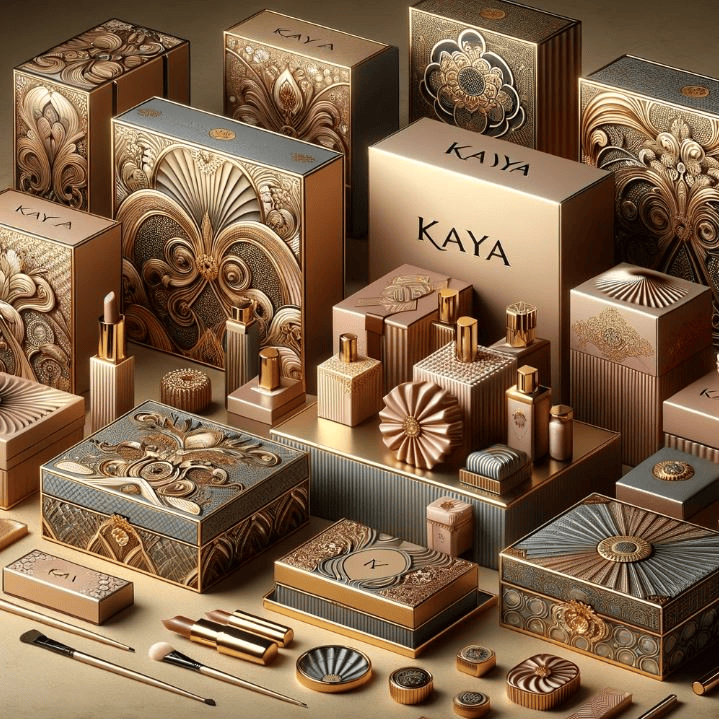
Contents
Creating a custom jewelry box is both an art and a science. It combines the intricate craftsmanship of woodworking with the delicate aesthetics of jewelry design. Whether you’re an aspiring craftsman or a seasoned jewelry designer, understanding the nuances of creating a custom jewelry box can elevate your work to a new level. Here, we provide detailed tips and tricks from experts to help you design the perfect custom made jewelry box
Understanding the Purpose of Your Jewelry Box
Before you begin designing, it’s crucial to define the purpose of your jewelry box. Is it meant for personal use, or is it a gift? Will it hold a specific type of jewelry, or should it accommodate a variety of pieces? Knowing the answers to these questions will guide your design choices, from the size and shape of the box to the type of compartments needed.
Key Considerations:
Type of Jewelry: Different types of jewelry require different storage solutions. Rings, for example, are best stored in slots or small compartments, while necklaces need hooks or a long, flat area to prevent tangling.
Quantity: If you have a large collection, you’ll need a larger box with more compartments.
Portability: Will the box stay at home, or do you need it to be portable? A portable jewelry box should be more compact and secure.
Choosing the Right Materials
The materials you choose will significantly impact both the look and durability of your jewelry box. Wood is the most popular choice due to its versatility and beauty, but there are other options as well.
Popular Material Choices:
Wood: Offers a classic look and can be easily customized. Options include cherry, walnut, oak, and mahogany.
Metal: Provides a modern aesthetic and is highly durable. Stainless steel and brass are common choices.
Acrylic or Plastic: Ideal for contemporary designs and often more affordable.
Expert Tips:
Wood Quality: Choose high-quality, kiln-dried wood to prevent warping over time.
Finish: A good finish not only enhances the beauty of the wood but also protects it from scratches and moisture.
Hardware: Select durable and attractive hardware, such as hinges and clasps, to complement your design.
Designing the Interior Layout
The interior of your jewelry box is just as important as the exterior. It should be designed to protect your jewelry and make it easy to access.
Compartmentalization:
Rings: Use padded slots or individual compartments.
Necklaces: Install hooks or bars to hang necklaces.
Bracelets and Watches: Larger compartments or soft pillows work best.
Earrings: Small holes in a flat surface or individual compartments.
Lining Material:
Velvet: Soft and luxurious, provides excellent protection.
Satin: Smooth and elegant, ideal for high-end boxes.
Felt: Affordable and easy to work with.
Incorporating Personalization and Decoration
Personalization makes a jewelry box truly unique. Consider adding decorative elements or custom features that reflect the owner’s personality.
Personalization Ideas:
Engraving: Add a name, initials, or a special date.
Inlays: Use contrasting wood or other materials to create intricate designs.
Paint or Stain: Customize the color to match the recipient’s taste or decor.
Expert Advice:
Balance: Ensure that decorative elements do not overpower the functionality of the box.
Quality: High-quality craftsmanship is essential for personalized features to stand out.
Ensuring Durability and Longevity
A well-made jewelry box should last for many years. Pay attention to construction techniques and materials to ensure durability.
Construction Techniques:
Joinery: Use strong joints such as dovetail or box joints for wooden boxes.
Reinforcement: Reinforce corners and edges to withstand wear and tear.
Hardware Installation: Securely attach hinges, locks, and other hardware.
Maintenance Tips:
Cleaning: Regularly clean the exterior and interior to prevent dust buildup.
Polishing: Use appropriate polish for the material to maintain its shine.
Storage: Keep the box in a dry place to avoid moisture damage.
Conclusion
Designing a custom jewelry box is a rewarding endeavor that combines creativity with practical craftsmanship. By carefully considering the purpose, materials, interior layout, personalization, and durability, you can create a beautiful and functional piece that will be cherished for years to come.
Visit Kaya Boxes